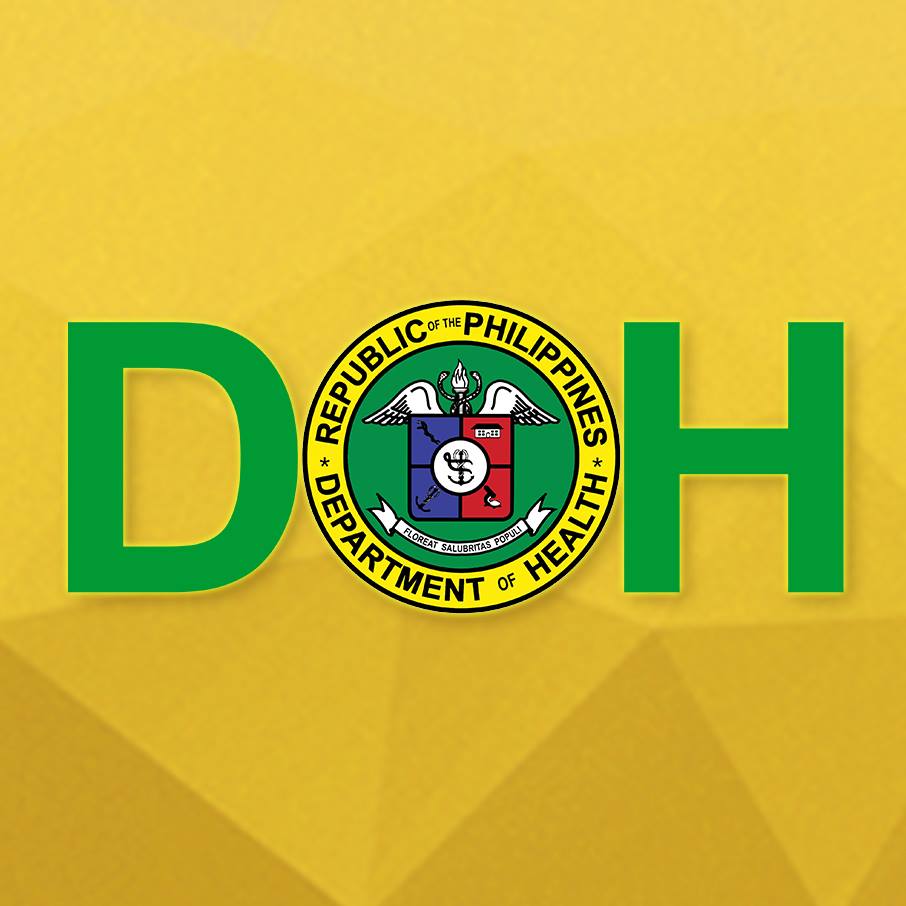
MANILA – The Department of Health (DOH) announced on Wednesday that the 10,000-bed mega drug treatment and rehabilitation center for drug dependents being built in Nueva Ecija is almost complete.
The DOH said that full operation of the facility will take place by the first week of November to accommodate drug surrenderers who have been assessed needing treatment and rehabilitation as part of mainstreaming them back to society as productive citizens.
The construction of the mega treatment and rehabilitation center in Fort Magsaysay, a military camp in Central Luzon, is in line with the mandate of the government to enhance its campaign against illegal drugs and upon recognition of the current demand for more drug rehabilitation centers for surrenderers who will need in-patient treatment.
“We are expecting that half of this facility is ready for occupancy by October 17, but the patients for rehabilitation and treatment will not be transferred until November because of the needed furnishings,” Health Secretary Dr. Paulyn Jean B. Rosell-Ubial told a press briefing at the DOH Media Relations Unit in Tayuman, Sta. Cruz, Manila.
A partial turnover of 2,500 beds will be made on Oct. 15, while the turnover for the remaining 7,500 beds will be done on Nov. 16, 2016.
The construction of the mega treatment and rehabilitation center began last July, Secretary Ubial said, adding that she went to Beijing last September to sign a deed of donation with a donor she identified on Wednesday as Huang Rulun, a Chinese billionaire and philanthropist.
She said that the philanthropist was listed in the Hurun Philanthropy List for 13 consecutive years.
She further said that the donor had talked earlier to President Rodrigo R. Duterte to discuss how he could help in the treatment and rehabilitation campaign of the government for the drug surrenderers.
“The right wing of the building, which can accommodate almost 1,000 in-patients and offices, is now ready to be furnished. Construction of the left wing of the building and the female dormitory is underway,” the Health Chief said.
Meanwhile, Dr. Ubial said that the DOH Regional Office in Central Luzon is expediting the recruitment of manpower complement for the facility.
She added that training for the personnel who will manage the facility and in the community-based rehab program was held on Aug. 2-16 as part of preparing them in the management.
“DOH has trained more than 2,000 frontline healthworkers for outpatient and community-based programs,” the Health official said.
She added that latest data from the Philippine National Police (PNP) showed that more than 732,000 drug personalities have surrendered and are being assessed if they are fit for treatment and rehabilitation.
“Only about one to two percent of the drug surrenderers need residential drug rehabilitation (in-patient) treatment. The rest will be referred either to a community-based or an outpatient rehabilitation program,” Secretary Ubial said.
According to her, the government goal is to establish two mega treatment and rehabilitation centers in Luzon, one in the Visayas and one in Mindanao.
The budget for the human resources complement is included in the 2017 budget.
Dr. Ubial added that the local government units (LGUs), particularly barangay, municipal or city officials, will handle the community-based rehabilitation program.
It is estimated that 90 percent of drug users will be under the community-based type of program which will operate in collaboration with non-government organizations, inter-faith groups and volunteers.
At present, there are only 44 DOH-accredited drug abuse treatment and rehabilitation centers in the country.
Fifteen of these facilities are government-owned that can only serve about 5,300 in-patients, which is insufficient to serve the number of surrenderers needing in-patient treatment.
In the same press briefing, the Health Chief said that a drug user or drug dependent is not the enemy.
“They are the illegal drug abuse victims. They are the victims of drug pushers. We will really help them. This initiative will not only benefit the well-being of these drug victims whom we want to help and reach out to, but also for the change that we envision for our country. Let us work together towards this vision of All for Health towards Health for All,” she said.
Meanwhile, DOH Undersecretary Gerardo Bayugo said that the Philippine Health Insurance Corporation (PhilHealth) has approved the drafting of a PHP10,000 benefit package for the rehabilitation of drug dependents.
DOH Assistant Secretary Elmer Punzalan, on the other hand, said that the facility will operate based on the standards or way the previous rehabilitation centers have been operating.
“We will use the same standards… Those who can pay will actually be charged,” Punzalan said.
He added that other government agencies will also be involving in the mainstreaming so that livelihood and other needed interventions can be made.